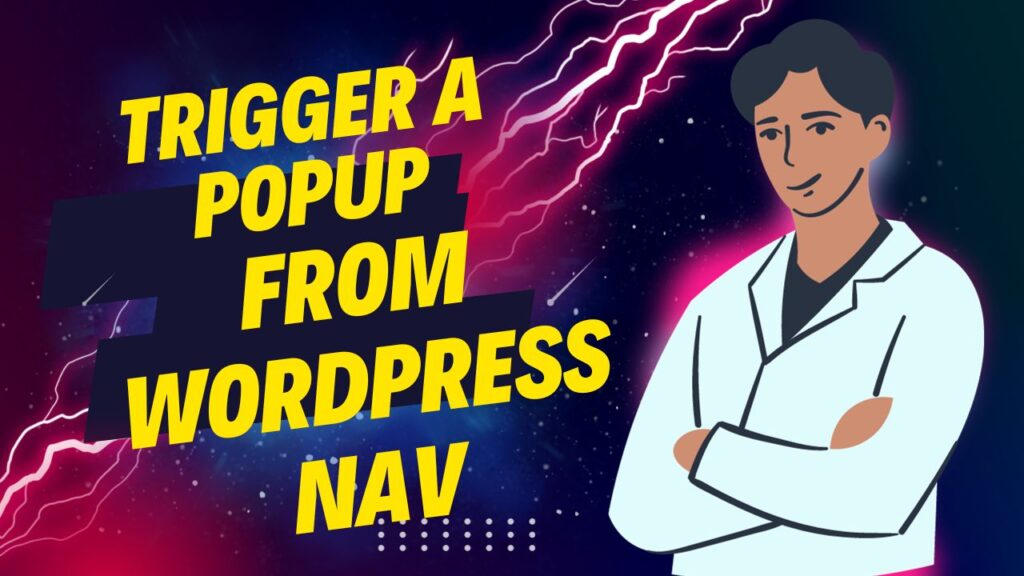
In the dynamic world of web development, creating an engaging and user-friendly experience is essential. One effective way to capture user attention and convey important information is by utilizing popups. While popups can sometimes be perceived as intrusive, when implemented thoughtfully, they can significantly enhance user engagement. In this article, we will explore the concept of triggering popup from a WordPress nav menu and discuss how to implement this feature seamlessly.
Why Trigger a Popup from a Navigation Menu?
Navigation menus are fundamental components of web design, serving as a roadmap for users to explore different sections of a website. By incorporating popups triggered from a navigation menu, developers can effectively deliver targeted messages, promotions, or additional information without disrupting the overall user flow. This approach enables a more controlled and user-centric interaction, as users can choose to engage with the content presented in the popup based on their interests.
Steps to Implement Popup Trigger from a Navigation Menu:
- Identify the Purpose:
Before diving into the implementation, it’s crucial to define the purpose of the popup. Whether it’s to showcase a special offer, present additional details about a product, or gather user feedback, a clear understanding of the popup’s goal will guide the design and content. - Choose the Right Technology:
Depending on the web development stack, there are various technologies available to implement popups. Common choices include JavaScript libraries such as jQuery or modern frameworks like React or Vue.js. Ensure that the chosen technology aligns with the existing architecture of your website. - Design the Popup:
Craft a visually appealing and user-friendly design for the popup. Consider the aesthetics, readability, and responsiveness to ensure a seamless experience across different devices. The content within the popup should be concise and relevant to the user’s context. - Create the Trigger Mechanism:
Implement the code that triggers the popup when a specific navigation menu item is clicked. This often involves attaching event listeners to the menu item and executing functions to display the popup. Ensure that the trigger is intuitive and does not interfere with the natural navigation flow. - Add Animation and Transitions:
Enhance the user experience by incorporating smooth animations and transitions for the popup. This not only adds a touch of professionalism but also helps users understand the context of the popup’s appearance. - Implement User Controls:
Provide users with controls to easily close the popup if they choose not to engage with its content. This can be achieved through close buttons, overlay clicks, or keyboard shortcuts. Respecting user autonomy contributes to a positive experience. - Test Across Browsers and Devices:
Before deploying the feature, thoroughly test the popup trigger across different browsers and devices to ensure consistent behavior. Address any compatibility issues and optimize the performance for a wide range of user environments.
Conclusion:
Integrating popups triggered from a navigation menu is a powerful strategy to communicate with users in a focused and non-intrusive manner. By following the steps outlined above and paying attention to design, user controls, and responsiveness, developers can create a seamless and engaging experience that adds value to the overall user journey. Careful consideration of the popup’s purpose and implementation details will contribute to a positive user experience and increased interaction on your website.